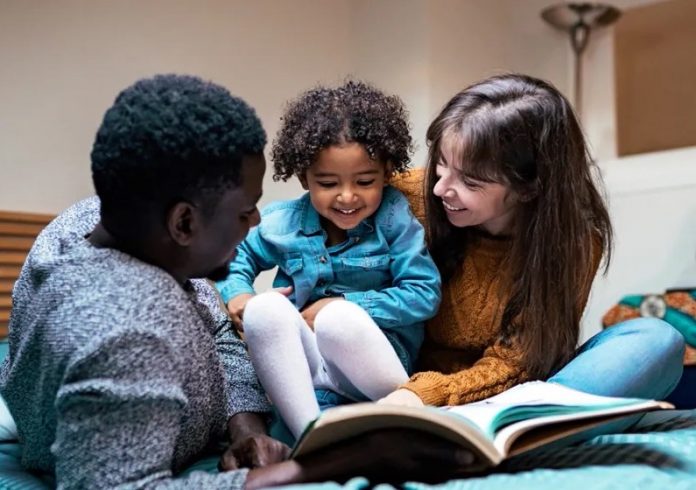A new study from Chicago’s Northwestern University provides clues to how toddlers acquire an understanding of verb meanings.
Although language development varies from child to child, typically toddlers begin to connect words to form simple sentences by 2 years of age. By 3 years, many toddlers are able to form three- and four-word sentences.
Previous studies have shown that children as young as 2 years of age can successfully learn and understand novel (new) verbs after they’ve heard the verbs many times while looking at a corresponding visual scene. The Northwestern study found that the key to the toddlers’ successful comprehension is how the verb is “packaged,” and that toddlers can learn verb meanings after hearing them only twice.
Study authors Sudha Arunachalam, PhD, formerly a postdoctoral fellow at Northwestern and currently an assistant professor of speech and hearing services at Boston University, and Sandra R. Waxman, PhD, the Louis W. Menk Professor of Psychology at Northwestern, looked at how “packaging” verbs in a sentence – in this case, made-up words – influenced a toddler’s understanding of the action it represented.
Specifically, they wanted to determine which type of sentence structure, such as, “I see a boy, and a balloon. I see waving,” vs. “A boy is waving a balloon,” was more likely to help a child learn the meaning of the verb.
To that end, Arunachalam and Menk used a series of experiments where the children were presented with six different novel words in one or two sentences of varying complexity. Some of the toddlers heard the verb in a single sentence that included two nouns, such as “A boy is going to pilk a balloon! Let’s see!”
Other children heard the verb in simpler constructions in which familiar nouns were mentioned in one sentence and the new action verb in another, such as “Let’s see a boy and a balloon. Let’s see pilking.” Both groups then watched a short video of a boy waving a balloon.
Following the video, the toddlers were shown two different pictures – one with a boy tapping a balloon and one with the target action being performed on a new object, such as boy waving a rake. The children were asked to point to “pilking.”
Of the two groups, only the toddlers who heard the verb in the same sentence with both nouns (“A boy is going to ‘pilk’ a balloon!”) were able to identify “pilking” as the targeted waving action.
“The results offer two insights,” said Arunachalam in the news release. “First, by age 2, toddlers have the remarkable ability to learn new verbs with very little exposure and apply them in novel contexts. Second, presenting the verbs in complete sentences supports the toddlers’ abilities to do so. These findings highlight the positive impact that rich communication can have on 2-year-olds’ burgeoning linguistic abilities.”








